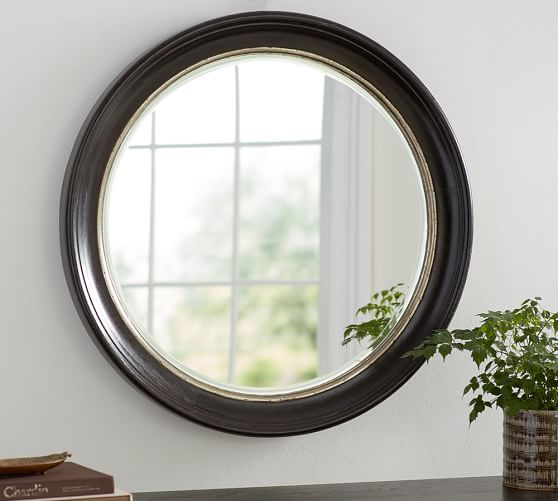An Italian Carved and Gilt Wood Large Round Mirror, 18th c. at 1stdibs
Title : An Italian Carved and Gilt Wood Large Round Mirror, 18th c. at 1stdibs
link : An Italian Carved and Gilt Wood Large Round Mirror, 18th c. at 1stdibs
An Italian Carved and Gilt Wood Large Round Mirror, 18th c. at 1stdibs
A Rococo painting by French artist Fragonard. Rococo art, by nature, was elaborate, playful, filled once delicate colours, and often witty.Rococo is an artistic style which originated in the 18th century in France. Often referred to merely as late Baroque, the Rococo developed from the Baroque artistic movement. Whilst it kept several characteristics of the native style, including exaggeration and ornate themes, it was along with more playful and asymmetrical. The Rococo is united considering the reign of French king Louis XV (Louis XIV is associated in imitation of the Baroque, whilst Louis XVI following Neoclassicism, albeit his style started off as Rococo at the start of reign).[1] Rococo's popularity was at its height towards the middle of the 18th century, fading out by the stop in favour of Neoclassicism.Rococo art and architecture was feminine, graceful, florid and ornate. Creamy and pastel-like colours were used for paintings, unlike the darker shades in Baroque art. Religion and politics were no longer necessarily the core theme of Rococo art, unlike the Baroque, and unexceptional sparkle became more commonly represented. In such a way, Rococo art revolved a propos themes such as love, romance, fun, landscapes, and mere portraits. Additionally, far-off Eastern themes became popular in Rococo, especially Chinoiserie. renowned Rococo artists append Boucher, Watteau and Fragonard, in the midst of several others.The Rococo has been the focus of much discussion, analysis and criticism by art historians throughout history. It has been criticised over the years for monster over-the-top, superficial and frivolous; in such a way, the term has even been used derogatively in various points of history. Nevertheless, Rococo art and theatre has also traditional compliment for the elegance,[2] "beauty", and "charm" of its artwork.
Round Wood MirrorFOR An Italian Carved and Gilt Wood Large Round Mirror, 18th c. at 1stdibs our present IMAGERelated Images with An Italian Carved and Gilt Wood Large Round Mirror, 18th c. at 1stdibs
Floating Suspension Round Mirror west elm

acacia wood 24\u0026quot; wall mirror CB2
Italian 19th Century Green and Gold Round Wood Frame Mirror For Sale at 1stdibs

Brussels Round Mirror Pottery Barn

Disclaimer An Italian Carved and Gilt Wood Large Round Mirror, 18th c. at 1stdibs
this article about An Italian Carved and Gilt Wood Large Round Mirror, 18th c. at 1stdibs link https://beginnerbellydancelessons.blogspot.com/2018/12/an-italian-carved-and-gilt-wood-large.html

Komentar
Posting Komentar